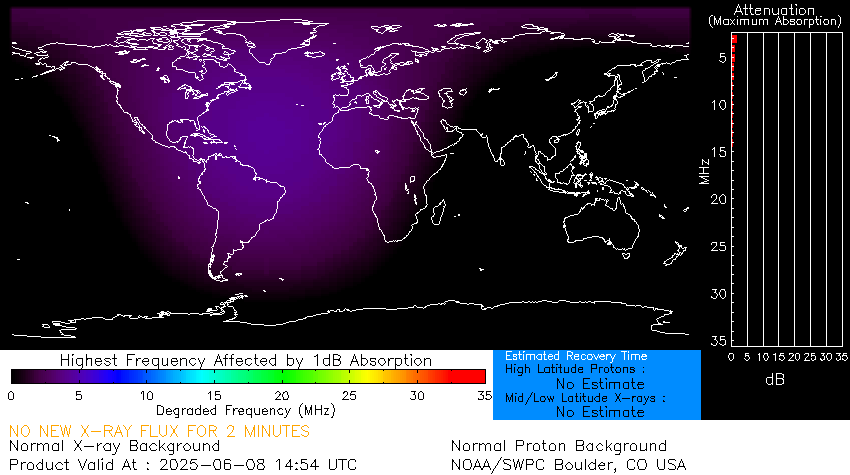Software Defined Radios offer an excellent view of the characteristics of transmitted signals.
Good operating etiquette requires that your signal occupies the smallest bandwidth for the mode of transmission. A Software Defined Radio is the perfect way to evaluate your signal.

Here's a view of a very wide SSB signal on 3868 kHz. You can see he is taking up almost 8 kHz. His signal should be under 3.7 kHz wide. My receiver bandwidth is set to 3.3 kHz. That is noted by the vertical yellow bars. He is occupying double the space he should. This is considered rude as it prevents other stations from using the band on either side of him.

Here is an example of a very nice SSB signal on 3868 kHz. His bandwidth looks like it is around 3 kHz. In the waterfall you can see the wide SSB signal below the good one. To the right there is an AM signal on 3885. Notice that the bad SSB signal is almost as wide as the AM signal. AM by its nature takes up a wider bandwidth. The audio is carried in both the upper and lower sidebands so it is twice as wide as SSB. SSB audio is carried in only one of the sidebands so it should be half as wide as an AM signal.
If your transmitter is operating properly there are steps you can take to be more polite and reduce your bandwidth. One is to reduce your mic audio gain. Don't use heavy compression. If you use speech processing make sure it's adjusted properly. Use equalization to reduce high frequency audio. Most importantly, ask a knowledgeable person on the air to evaluate your signal. Don't ask your best friend. He will always tell you that you sound great.



